Top 20 Most Luxurious Cities In The World
With a wealth of fine dining restaurants and high-end hotels, Dubai has plenty to offer those who like the finer things in life. And the city's reputation for such attractions has been cemented in a new list.
Dubai has been included in a ranking of the world's most luxurious cities, based on which locations have the most venues of that type, with the UAE city claiming 16th place.
Paris, Hong Kong, Singapore got first place together as the top most expensive & luxurious cities in the world. Mostly, luxurious people like to live in these cities.
This list of most luxury cities in the world 2021 will make you surprise to see the price of their high-end living costs.
1. Dubai
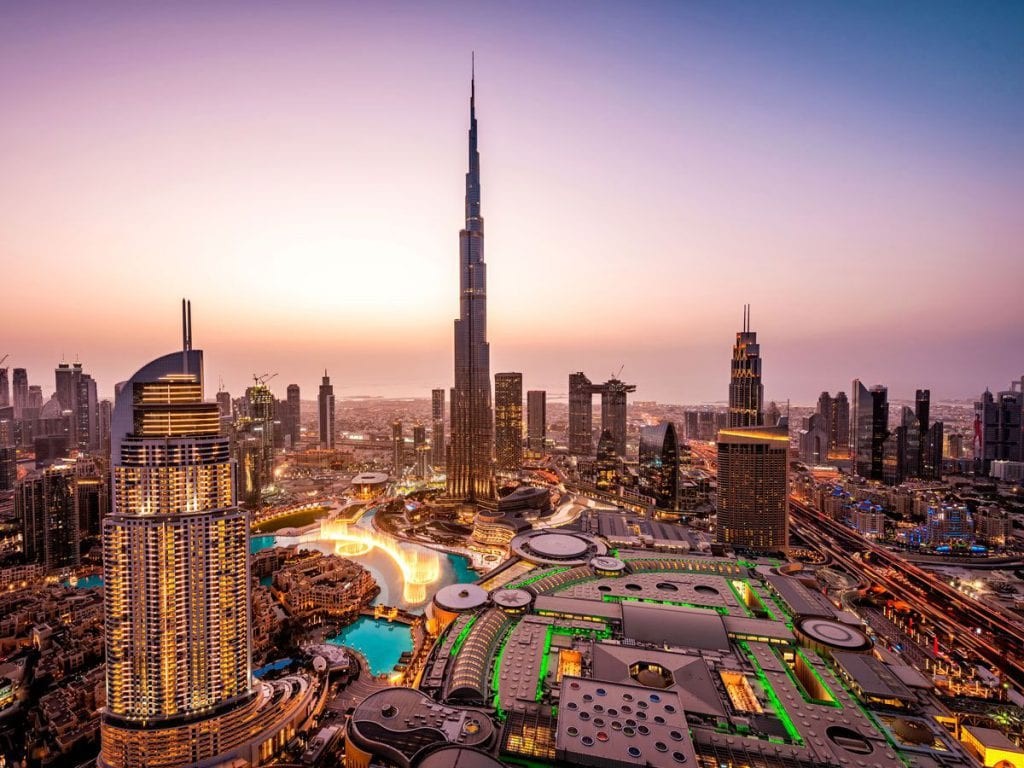 |
| Photo: Getty Images |
Living Cost: $4,000 – $8,000 (Per Month, Family)
Food Cost: $900 – $1,600 (Per Month, 01 Person)
Clothing Cost: $130 – $200 (Per Month, 01 Person)
Transport & Vehicles: $600 – $1,000 (Per Month, 01 Person)
Dubai is the most populous city in the United Arab Emirates (UAE) and the capital of the Emirate of Dubai. Established in the 18th century as a small fishing village, the city grew rapidly in the early 21st century into a cosmopolitan metropolis with a focus on tourism and hospitality. Dubai is one of the world's most popular tourist destinations with the second most five-star hotels in the world, and the tallest building in the world, the Burj Khalifa.
While grandiose visions of tax-free wealth lure expats to the United Arab Emirates in droves, it is worth remembering that the cost of living in Dubai is rather high. The city ranks as one of the most expensive in the Gulf Region and was placed at 23rd out of 209 cities around the world in the Mercer Cost of Living Survey for 2020, ranking 16 spots higher than its neighbouring emirate of Abu Dhabi.
2. Los Angeles, USA
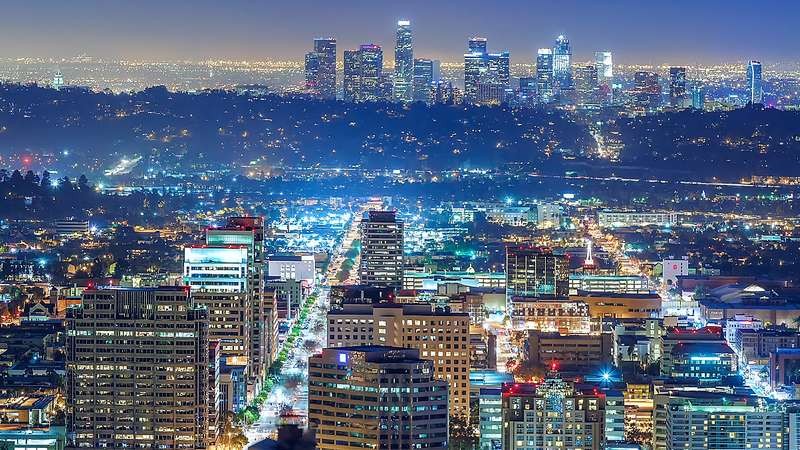 |
| Photo: Britannica |
Living Cost: $3,500 – $7,000 (Per Month, Family)
Food Cost: $800 – $1,200 (Per Month, 01 Person)
Clothing Cost: $100 – $160 (Per Month, 01 Person)
Transport & Vehicles: $400 – $800 (Per Month, 01 Person)
Los Angeles, often spoken and written as its initialism, L.A., is the largest city in California. With a 2020 population of 3,898,747, it is the second-largest city in the United States, after New York City, and the third-largest city in North America, after Mexico City and New York City. Los Angeles is known for its Mediterranean climate, ethnic and cultural diversity, Hollywood entertainment industry, and its sprawling metropolitan area.
About four million people call Los Angeles home, making it the second largest city in the United States. When you add in all the other smaller cities that make up Los Angeles county, the urban area clocks in at more than 10 million people. It’s hard to make generalizations about such a large and diverse area, but one thing can be stated for certain: Los Angeles is an expensive place to live.
In addition to its palm-tree laden boulevards and glamorous nightlife, Los Angeles boasts an outsize influence on the national culture. More so than in other cities, jobs in Los Angeles are focused on the arts, design, entertainment, sports, and media—many people move here to make their mark in these industries.
3. Paris, France
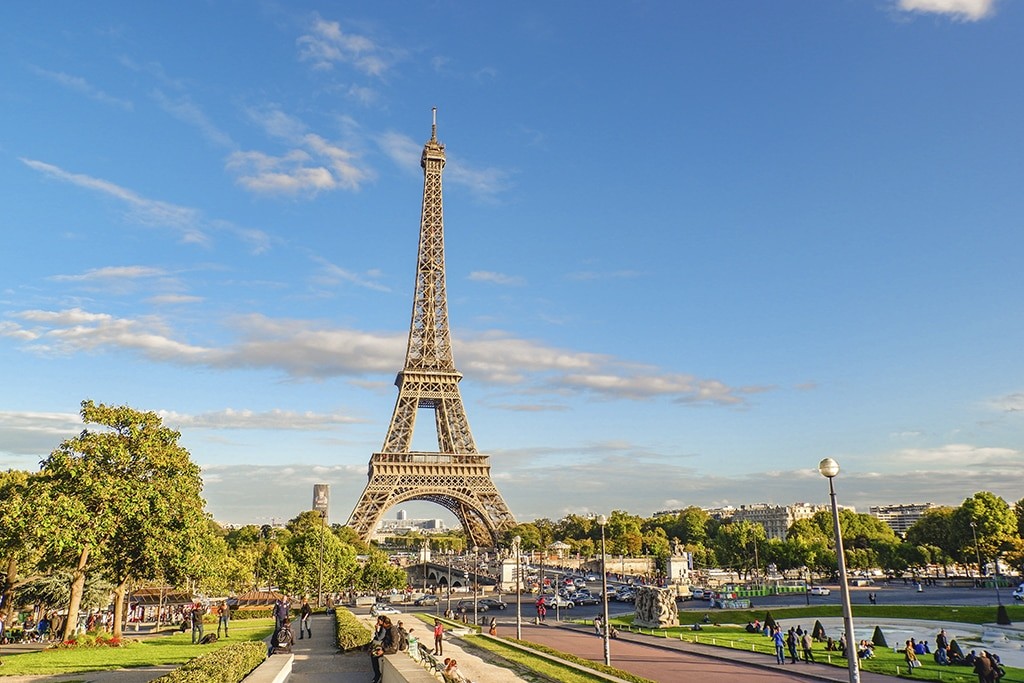 |
| Photo: Chibikiu |
Living Cost: $3,000 – $6,000 (Per Month, Family)
Food Cost: $600 – $1,200 (Per Month, 01 Person)
Clothing Cost: $70 – $150 (Per Month, 01 Person)
Transport & Vehicles: $300 – $700 (Per Month, 01 Person)
Paris is the capital and most populous city of France, with an estimated population of 2,175,601 residents as of 2018, in an area of more than 105 square kilometres (41 square miles). Since the 17th century, Paris has been one of Europe's major centres of finance, diplomacy, commerce, fashion, gastronomy, science, and arts. The City of Paris is the centre and seat of government of the region and province of Île-de-France, or Paris Region, which has an estimated population of 12,174,880, or about 18 percent of the population of France as of 2017. The Paris Region had a GDP of €709 billion ($808 billion) in 2017. According to the Economist Intelligence Unit Worldwide Cost of Living Survey in 2018, Paris was the second most expensive city in the world, after Singapore and ahead of Zürich, Hong Kong, Oslo, and Geneva. Another source ranked Paris as most expensive, on par with Singapore and Hong Kong, in 2018.
4. Hong Kong, China
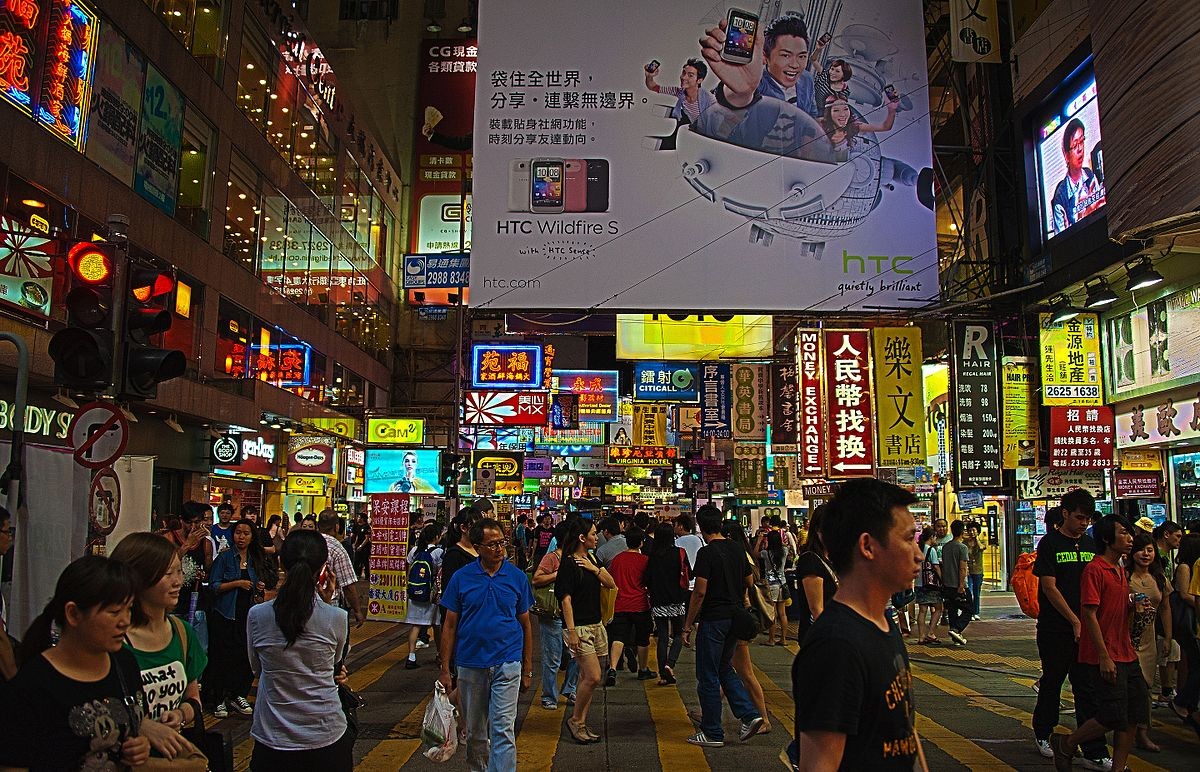 |
| Photo: Wikivoyage |
Living Cost: $4,500 – $6,000 (Per Month, Family)
Food Cost: $800 – $1,400 (Per Month, 01 Person)
Clothing Cost: $50 – $100 (Per Month, 01 Person)
Transport & Vehicles: $200 – $500 (Per Month, 01 Person)
Hong Kong, officially the Hong Kong Special Administrative Region of the People's Republic of China (HKSAR), is a metropolitan area and special administrative region of China on the eastern Pearl River Delta in South China. With over 7.5 million residents of various nationalities in a 1,104-square-kilometre (426 sq mi) territory, Hong Kong is one of the most densely populated places in the world.
Originally a sparsely populated area of farming and fishing villages, the territory has become one of the world's most significant financial centres and commercial ports. It is the world's tenth-largest exporter and ninth-largest importer. Hong Kong has a major capitalist service economy characterised by low taxation and free trade, and its currency, the Hong Kong dollar, is the eighth most traded currency in the world. Hong Kong is home to the third-highest number of billionaires of any city in the world, the second-highest number of billionaires of any city in Asia, and the largest concentration of ultra high-net-worth individuals of any city in the world. Although the city has one of the highest per capita incomes in the world, severe income inequality exists among the population.
Hong Kong is a highly developed territory and ranks fourth on the UN Human Development Index. The city has the largest number of skyscrapers of any city in the world, and its residents have some of the highest life expectancies in the world. The dense space led to a developed transportation network with public transport rates exceeding 90%. Hong Kong is ranked 4th in the Global Financial Centres Index.
5. Singapore
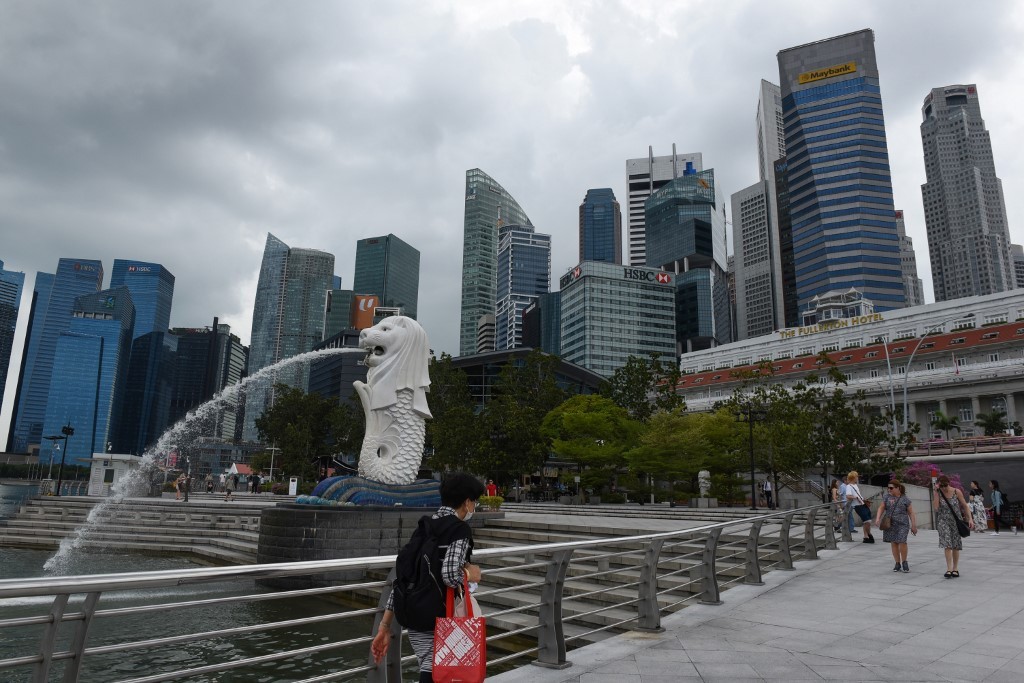 |
| Photo: Getty Images |
Living Cost: $1,500 – $4,000 (Per Month, Family)
Food Cost: $600 – $1,100 (Per Month, 01 Person)
Clothing Cost: $60 – $110 (Per Month, 01 Person)
Transport & Vehicles: $300 – $800 (Per Month, 01 Person)
Singapore is considered to be one of the best places to live in and for a good reason. They're just so better at doing things than most countries, from public transportation to business ecosystems to innovations in several industries.
ust like most countries, Singapore lifestyle varies from one region to another. Some regions will contain the shopping districts, while others are home to the financial district. These factors and more can make or break your budget when living in Singapore.
- The Central Region of Singapore is known to have the highest rent prices, mostly because it's home to the city's shopping malls and financial hubs.
- The cheapest rentals in Singapore are located in the North and East regions of the country. Expats favour these regions, so they don't have to worry about purchasing a car to drive their kids to school.
- Speaking of driving, buying a car in Singapore is anything but practical. On top of paying for market value, there are added local fees that pile on top of one another. This is to dissuade people from using private cars and to use public transport actively.
- Unless you're shopping in malls, groceries are relatively cheaper because you access locally-sourced products and brands.
- Hawker centres are more favoured for dining out than luxury restaurants and commercial fast-food restaurants.
6. Sydney, Australia
 |
| Photo: Sydney.com |
Living Cost: $2,500 – $4,000 (Per Month, Family)
Food Cost: $700 – $800 (Per Month, 01 Person)
Clothing Cost: $70 – $130 (Per Month, 01 Person)
Transport & Vehicles: $400 – $700 (Per Month, 01 Person)
Housing is easily the biggest expense living in Sydney. By comparison, housing in Melbourne is 24% cheaper than in Sydney. The average rent in an expensive area is $3,404, and utilities per month are almost 50% cheaper in Melbourne than in Sydney. Here's a breakdown of the housing expenses you'll need to budget for in Sydney.
If you drive in Sydney, a standard car is likely to set you back around $25,000 which is very similar to other major cities like Melbourne. Fuel costs work out at around $1.52 a litre, while public transport is more expensive than most other cities in Australia - $172 a month.
In comparison to Melbourne, Sydney fairs quite well in terms of food and drink costs. While milk costs a little more - 1 litre of whole fat milk is $1.31 compared to $1.24 in Melbourne - lunches, fast food restaurants and domestic beer is cheaper. In fact, beer in the supermarket is 17% cheaper in Sydney than in Melbourne.
Unless they're being made and sold in Australia, clothes and shoes are always going to be more expensive here than in other countries. On average, Sydney is 4% more expensive than Melbourne and other major cities in Australia for clothes and shoes.
7. New York, USA
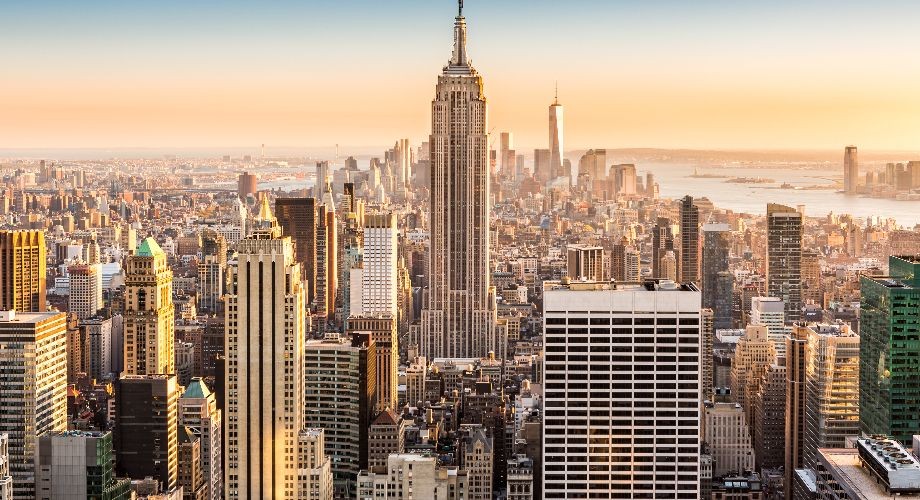 |
| Photo: Cathay Pacific |
Living Cost: $1,500 – $4,000 (Per Month, Family)
Food Cost: $400 – $900 (Per Month, 01 Person)
Clothing Cost: $50 – $100 (Per Month, 01 Person)
Transport & Vehicles: $300 – $600 (Per Month, 01 Person)
It’s no secret that living in New York City is expensive. Before the average NYC resident’s paycheck even reaches the bank, they’re shelling out some of the highest income taxes in the country, with high taxes on both the state and local level. Beyond that, prospective residents face some of the least affordable housing in the country. That’s particularly true for NYC residents who want to be in the heart of it all and live in Manhattan.
The high cost of living in NYC starts with its crazy housing market. According to a March 2019 report from Apartment List, the median rent for a two bedroom apartment is $2,499 in New York city. Studio and one bedroom apartments come in at $1,889 and $2,098 a month, respectively.
Whether you rent or buy, you’ll have to cover the cost of utilities. According to Numbeo.com data from May 2019, the average basic utilities package for a 915 square-foot place in New York costs $145.55. That includes heating, electricity, water and garbage, and is about $7 less than the U.S. average for a month of basic utilities ($152.02).
After housing, the number one expense for most Americans is transportation. For car owners, that’s the cost of buying, maintaining, insuring, fueling and storing their vehicle. If you use public transit, you’ll be on the hook for a transit pass, and possibly parking, if you need to drive to pick up the bus or train.
8. Tokyo, Japan
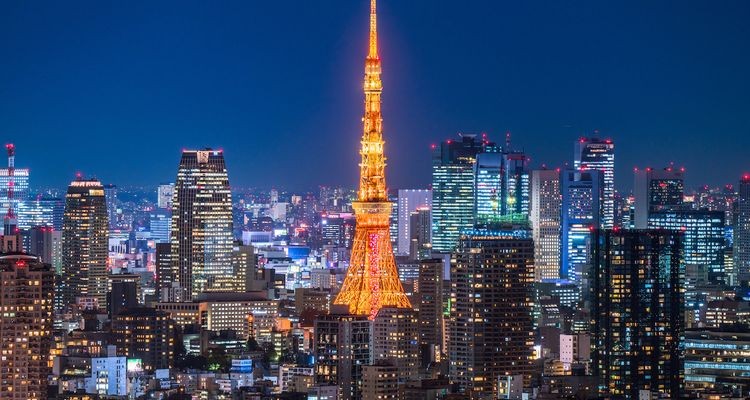 |
| Photo: Pixta |
Living Cost: $2,000 – $5,000 (Per Month, Family)
Food Cost: $700 – $1,200 (Per Month, 01 Person)
Clothing Cost: $50 – $110 (Per Month, 01 Person)
Transport & Vehicles: $300 – $600 (Per Month, 01 Person)
The city of lights in Japan. It is an expensive city and that’s known to all. Tokoyo is very famous for growing fruits in different shapes such as the square watermelon. And of course these exceptional fruits are costly. For example square watermelon will cost you about YEN ¥800 (7.8 USD). Fugu comes for ¥500 ($4.63 USD), Matsutake Mushrooms for YEN ¥2000 per kg, Wagyu beef comes for ¥2800, ruby roman grapes for ¥4000 per bunch, densuke watermelon for ¥6100, yubari king melons will cost you ¥26000. These price tags are enough for us to understand how expensive the city is.
9. Geneva, Switzerland
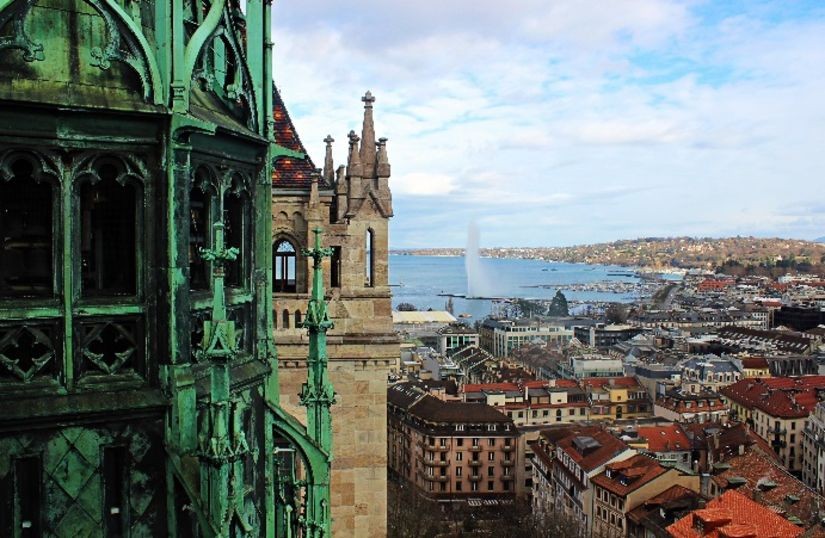 |
| Photo: Hospitality ON |
Living Cost: $3,000 – $6,000 (Per Month, Family)
Food Cost: $700 – $1,200 (Per Month, 01 Person)
Clothing Cost: $120 – $180 (Per Month, 01 Person)
Transport & Vehicles: $400 – $900 (Per Month, 01 Person)
Prices in Switzerland are higher than the European average. The 2014 Mercer Cost of Living Survey ranked Zurich and Geneva as the fifth and sixth most expensive cities in Europe. Housing and utilities, as well as food, healthcare, clothing and leisure activities cost more in Switzerland. Transport, electronics and telecommunications are at similar levels to the rest of Europe. Petrol is cheaper than in France and Italy, but the costs involved in owning a car are high. In spite of the Eurozone's current instability, Switzerland's policy of enforcing a minimum exchange rate to the Euro has been successful in keeping the inflation rate just slightly negative since late 2011.
The cost of renting an apartment in Geneva is higher than in New York or Paris and twice as much as in Amsterdam or Brussels. A two-bedroom apartment in Geneva will cost between CHF 2,300 and 3,500 per month. Renting a house costs twice as much as an apartment.
According to Geneva Lunch, a family of four would need an income of at least CHF 7000 per month to maintain a modest lifestyle. As elsewhere, the general rule of thumb is that rental costs should not be higher than 25% of gross monthly income.
Added to the monthly rent is an amount for charges and utilities, which usually includes building heating costs and maintenance. This is a partial charge and the actual usage is calculated later, then either invoiced or refunded. Electricity is billed directly to the tenant.
10. Zurich, Switzerland
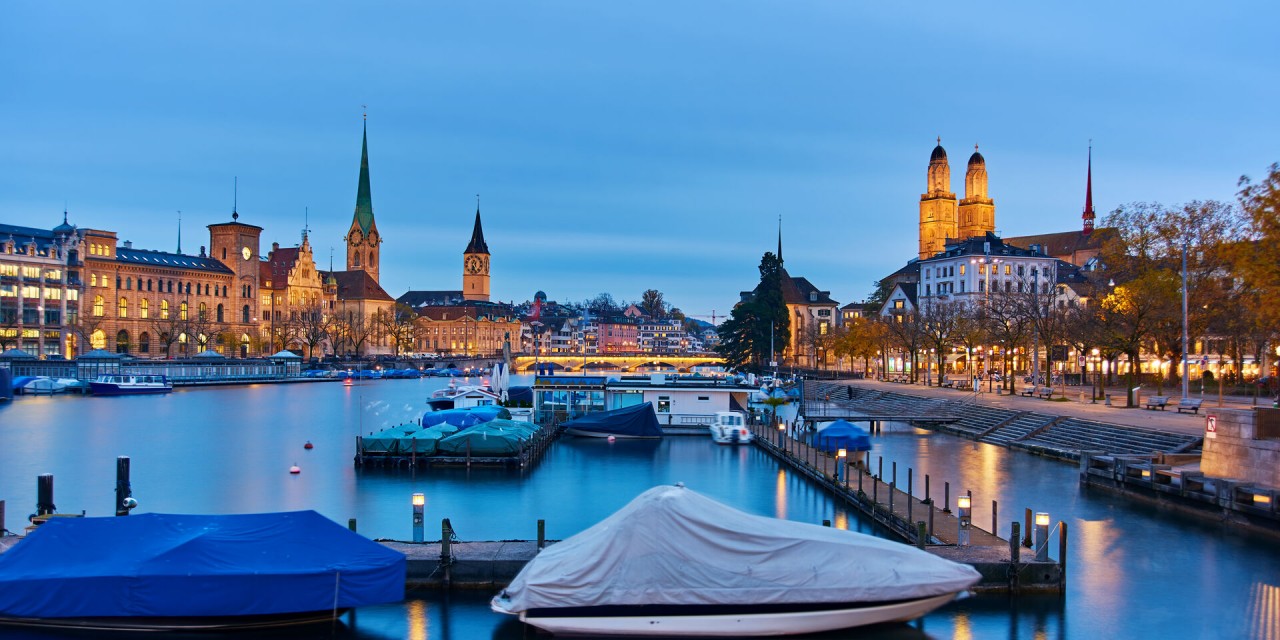 |
| Photo: Airfrance |
Living Cost: $3,000 – $5,700 (Per Month, Family)
Food Cost: $1,000 – $1,500 (Per Month, 01 Person)
Clothing Cost: $100 – $125 (Per Month, 01 Person)
Transport & Vehicles: $750 – $1000 (Per Month, 01 Person)
The cost of living in Switzerland is notoriously high. Switzerland’s idyllic Alpine lifestyle, political and economic stability, superior healthcare, and high quality of living come at a price. So much so that Zurich (fourth), Bern (eighth), and Geneva (ninth) – featured prominently in Mercer’s most expensive cities in the world list in 2020.
Despite Switzerland’s high cost of living, it reportedly remains an attractive destination for foreigners, ranked as the 15th most popular country for British expats. The Swiss statistics office has also reported that Switzerland’s foreign population hit nearly 2.2 million people, representing a quarter (25.3%) of the total population (around 8.6 million people).
The city is filled with the bliss of nature that the number of fountains crosses 1k. These fountains are different in shape. Some are plain and some evokes a sense of ancient history. Having the reputation of possessing the largest church clock face, Zurich represents an aesthetic environment with the touch of nature.
11. Osaka, Japan
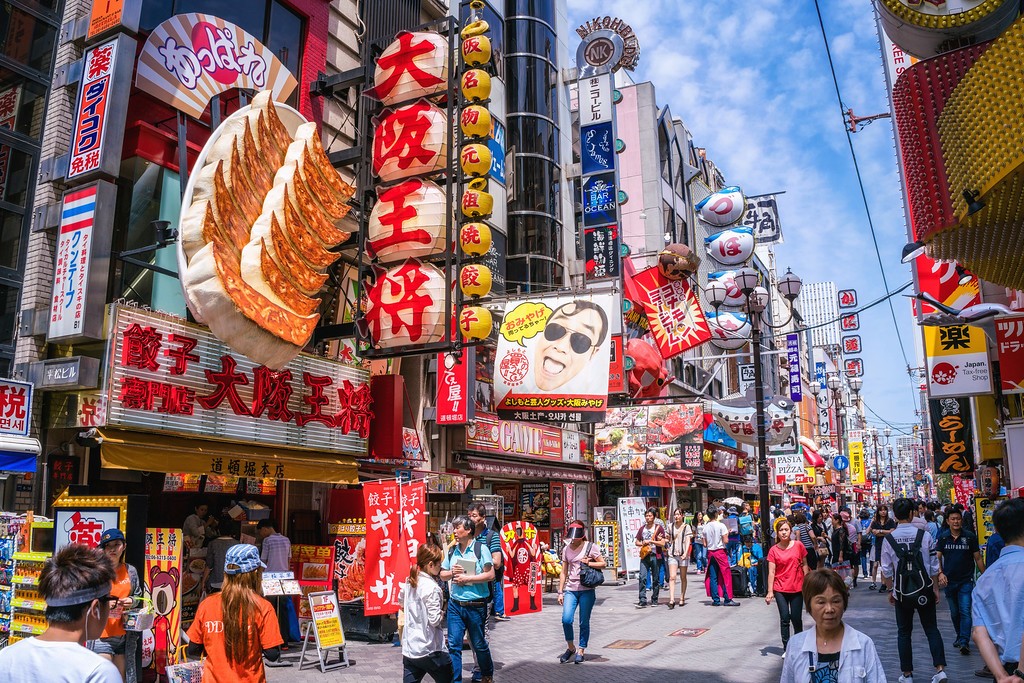 |
| Photo: Inside Osaka |
Living Cost: $3,981.31 – ¥429,121.95 (Per Month, Family)
Food Cost: $1,098.42 – ¥118,392.52 (Per Month, 01 Person)
Clothing Cost: $120 – $180 (Per Month, 01 Person)
Transport & Vehicles: $800 – $1,090 (Per Month, 01 Person)
apan has a reputation for its high living costs, especially Tokyo which annually makes it into the lists of the world's top ten most expensive cities. Rent tends to make up a large chunk of living costs in Japan, followed by car ownership and transport. However, living in Japan does not have to be expensive, and costs can be reigned in depending on where you are located, by choosing local products, and by living sensibly within your salary.
Some of the world's most expensive land can be found in central Tokyo, which contributes to its reputation of being an expensive city. However, rent can vary from cheap tiny apartments of around 10 square meters to exorbitantly priced luxury apartments in prime districts. Outside of central Tokyo, housing costs are distinctly lower, especially in the suburbs, surrounding prefectures and in other regions and cities of Japan.
Local supermarkets are relatively inexpensive if you stick to Japanese food like seasonal vegetables and seafood, soy bean products. Pre-cooked products can be purchased at discounted prices shortly before closing time in the evening. It may useful to shop around the supermarkets and grocery stores nearby to get an idea of average prices, quality, selection and discount days.
12. Seoul, South Korea
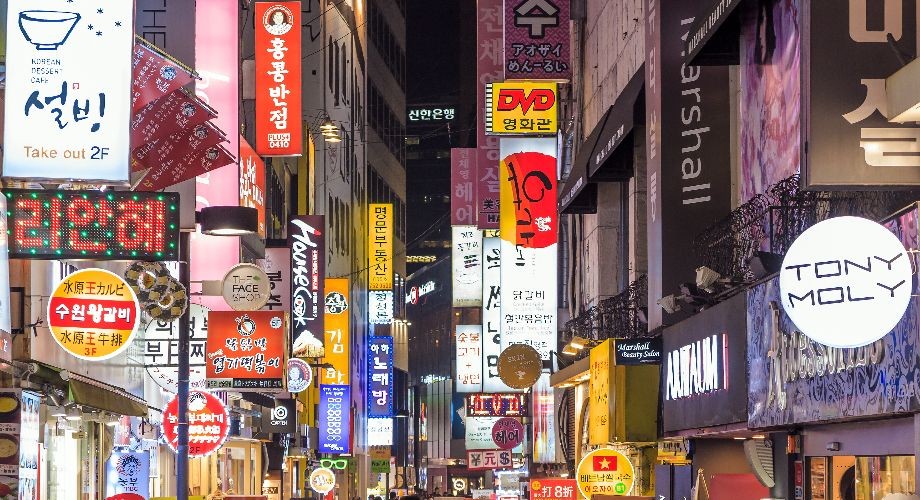 |
| Photo: Cathay Pacific |
Living Cost: $2,500 -3,750 $ (Per Month, Family)
Food Cost: $800 -1,020 $ (Per Month, 01 Person)
Clothing Cost: $100 -130 $ (Per Month, 01 Person)
Transport & Vehicles: $700 -1,000 $ (Per Month, 01 Person)
The general prices of things are pretty similar across Korea, with housing being one of the big differentiators. The housing costs and security deposits are the big reasons why Seoul often appears on top ten lists of the world’s most expensive cities.
Most of the housing in Korea is made up of apartments. Houses are common in the countryside, but not in any of hte major cities. You may see a detached house with a garden in Korean dramas, but usually only large company CEOs and famous actors can afford them.
Most people live in small apartments, and a one-room apartment can set you back anywhere from 300,000 won ($265.60) per month to well over a million won a month, depending on the location of the apartment (Gangnam being one of the most expensive, the far north of the city being a lot cheaper), the facilities, and whether it is a new building or an old building.
The average cost of living in Seoul for one person is 1,600,000 won ($1411), with around 743,000 won ($657) of it falls under the Rent & Utility category. Seoul is included in the top 30% of the most expensive cities in the world, ranked 2788th out of 9294 on Livingcost.org’s global list, and 1st out of 87 in South Korea.
13. Copenhagen, Denmark
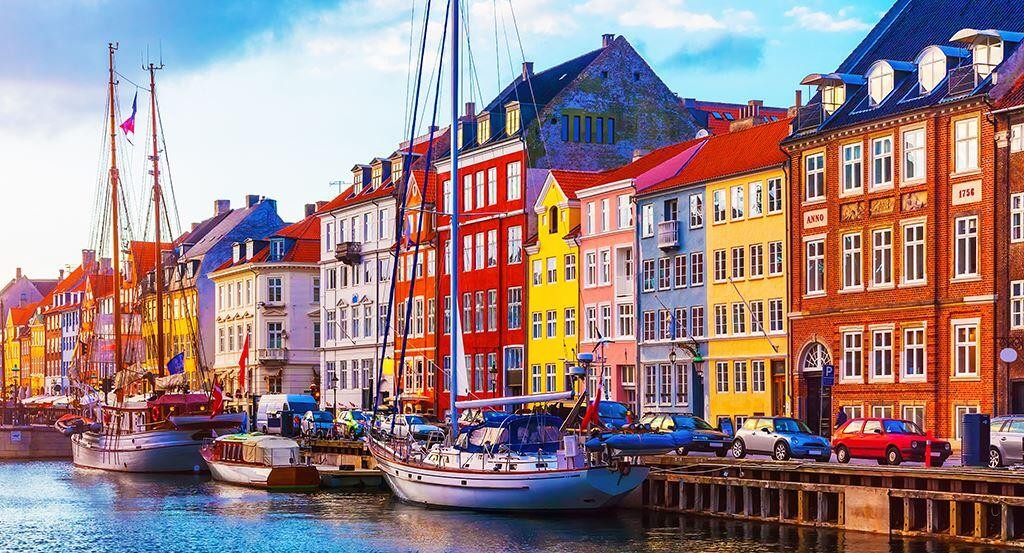 |
| Photo: FlyTAP |
Living Cost: $2,500 – $3,700 (Per Month, Family)
Food Cost: $900 – $1,050 (Per Month, 01 Person)
Clothing Cost: $100 -160 $ (Per Month, 01 Person)
Transport & Vehicles: $1,000 – $1,100 (Per Month, 01 Person)
Denmark can be one of the most expensive countries to relocate to in Europe. Whether you rent a room or share an apartment in Copenhagen with a few new classmates, your expenses will still typically be high.
The prices do typically depend on the location and the size of the space. For example, a room in Frederiksberg will be a lot more expensive than maybe even an apartment in Nørrebro. The size of the space can also be an important factor, and the prices can vary, depending on the number of students living in the apartment.
On average rooms start from €600, and the 1-bedroom small-sized apartment will cost you around €1000. This price may or may not include utilities.
While so many other things in Copenhagen are expensive, the basic food staples are priced surprisingly low. For example, a loaf of bread, a liter of milk or a bag of pasta each only cost around a dollar. Plus, it helps if you shop at budget-friendly supermarkets, such as Netto and Aldi. If you’re looking for cheap, fresh produce, go to the neighborhood markets, and not the one in the city center.
If you’re grabbing food or drinks to go, a standard coffee can cost about €3.4, with a latte costing anywhere from €4 to €6.2. If you make a quick run to the local McDonalds, expect to pay around €7.5 for a combo meal. If you want to sit down for a meal at a café, lunch could set you back €16.5.
14. Tel Aviv, Israel
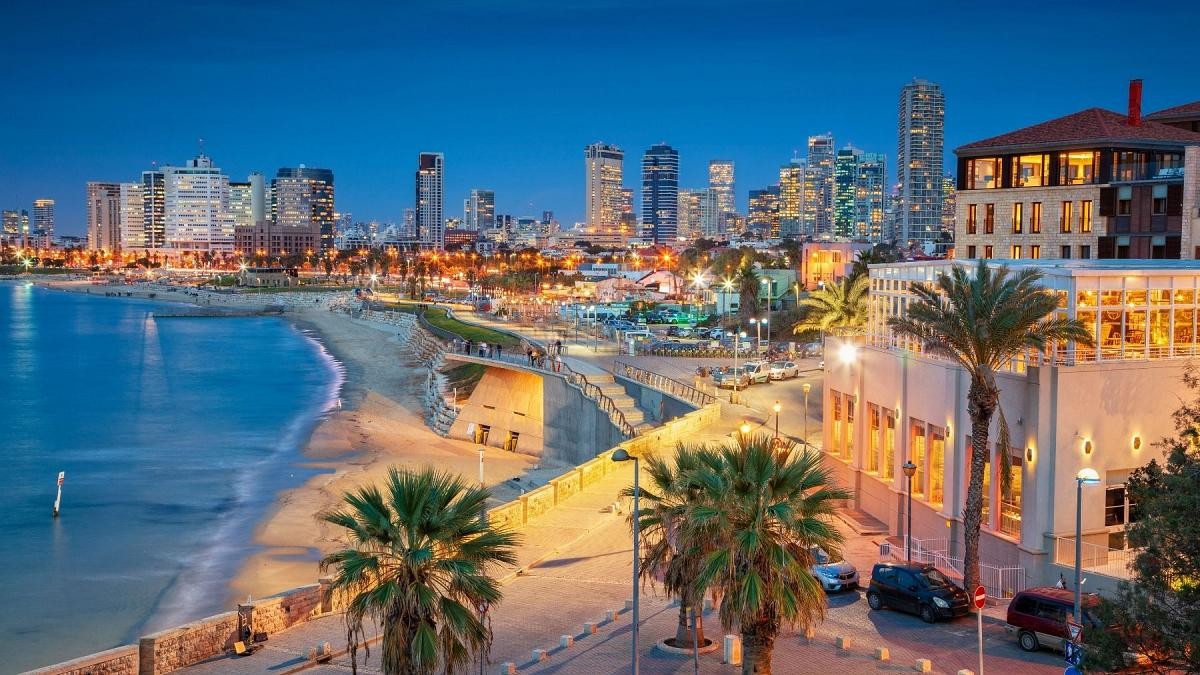 |
| Photo: Euronews |
Living Cost: $3,000 – $4,000 (Per Month, Family)
Food Cost: $1,000 – $1,100 (Per Month, 01 Person)
Clothing Cost: $120 – $160 (Per Month, 01 Person)
Transport & Vehicles: $800 -1,050 $ (Per Month, 01 Person)
Tel Aviv, the capital city of Israel is considered as one of the world’s most expensive and luxurious cities. This city is famous for its horse senses! With cultural astuteness and gumption this city has achieved its fame by being called ‘The Mediterranean Capital of Cool’. This name is given by the New York Times. This city lives 24/7. It never sleeps. Its culture, cuisine, tradition, nightlife, museums, food, beaches and everything is absolutely amazing!
You will be stunting seeing how energetic and diligent the city is! This city literally represents the whole of Israel. With every spectacular and vibrant gesture this city doesn’t disappoint its visitors. Among the Bauhaus architectures you will lose in the beauty of the city like a dream!
15. Toronto, Canada
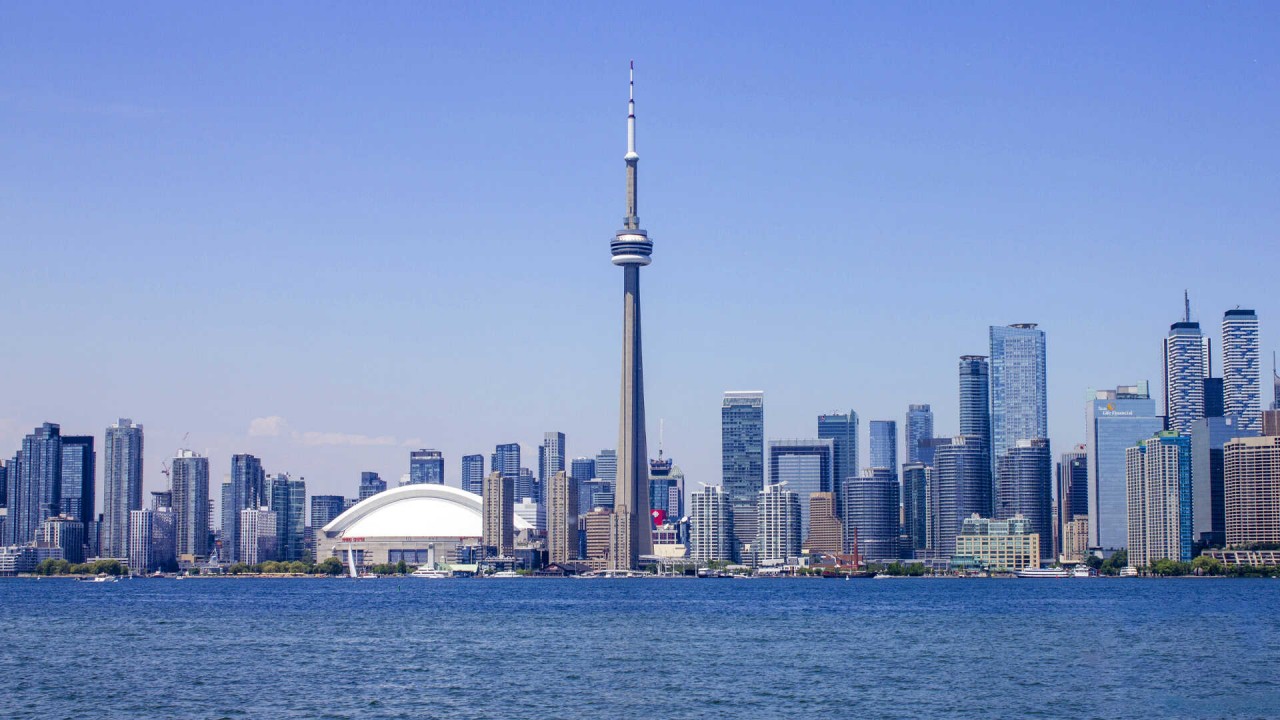 |
| Photo: Getty Images |
Living Cost: $3,450 – $4,700 (Per Month, Family)
Food Cost: $940 – $1,290 (Per Month, 01 Person)
Clothing Cost: $80 – $100 (Per Month, 01 Person)
Transport & Vehicles: $2.75 Per Day – $85 Per Month, 01 Person
With a population just short of 3 million people, the city of Toronto is the largest in Canada, and one of the largest in North America (behind only Mexico City, New York and Los Angeles). The Greater Toronto Area (GTA) includes around 6.5 million people, stretching along the shore of Lake Ontario and including suburban communities further inland.
Toronto is also one of the most multicultural cities in the world, making life in Toronto a wonderful multicultural experience. More than 140 languages and dialects are spoken in the city, and almost half the population Toronto was born outside Canada.
Among the luxurious cities, the city Toronto has achieved a special place because of many buildings and visiting places. And among them the CN tower has a grand reputation for being one of the Seven wonders of the world. Moreover, the city spreads its multiculturalism nature from the road to the door of the houses. The fun fact is that the whole city is surrounded with a massive history of the country Canada and The Royal Ontario Museum distributes a lot to that.
16. Vienna, Austria
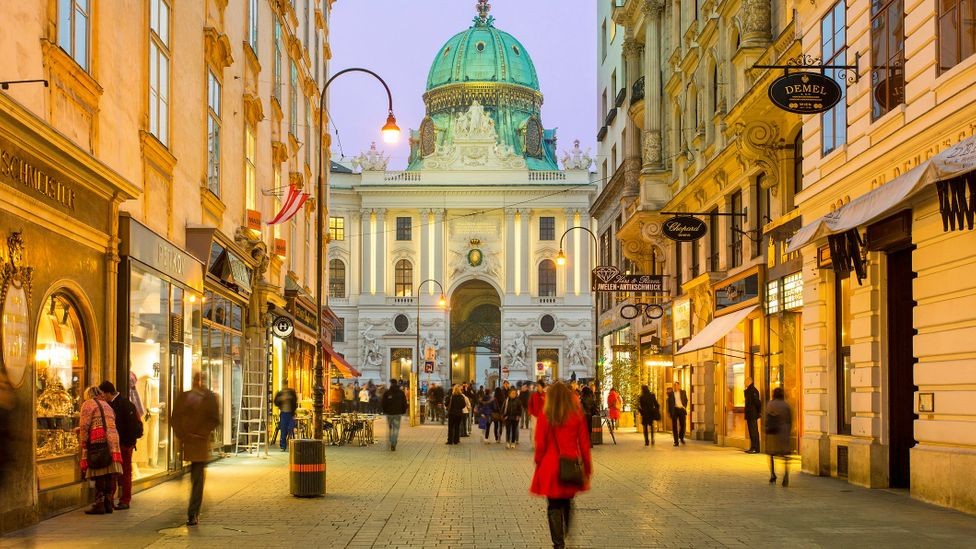 |
| Photo: BBC |
Living Cost: $3,000 – $3,500 (Per Month, Family)
Food Cost: $900 (Per Month, 01 Person)
Clothing Cost: $80 (Per Month, 01 Person)
Transport & Vehicles: $150 (Per Month, 01 Person)
Having ranked 54th out of 209 cities in the Mercer Cost of Living Survey for 2020, Vienna is an expensive destination for expats. It's important that expats moving to the city for work ensure that their salary is high enough to comfortably cover the cost of living.
The good news is that Vienna is still cheaper than a number of European destinations, including Zurich, Copenhagen and London. In addition, Vienna caters for all budgets and generally has a wide selection of choice for those looking to save some money, as well as those after a more luxurious Viennese lifestyle.
Accommodation is one of the biggest costs that expats moving to Vienna will face. Rental costs vary depending on the area of the city and the size and condition of the property. Living in the city centre is more expensive than staying in outlying suburbs.
The second-largest expense for people living in Vienna is that of car ownership. While purchasing a vehicle in Vienna is not always expensive, the cost of maintaining a car and paying for parking can become quite expensive over time.
17. Miami, Florida, USA
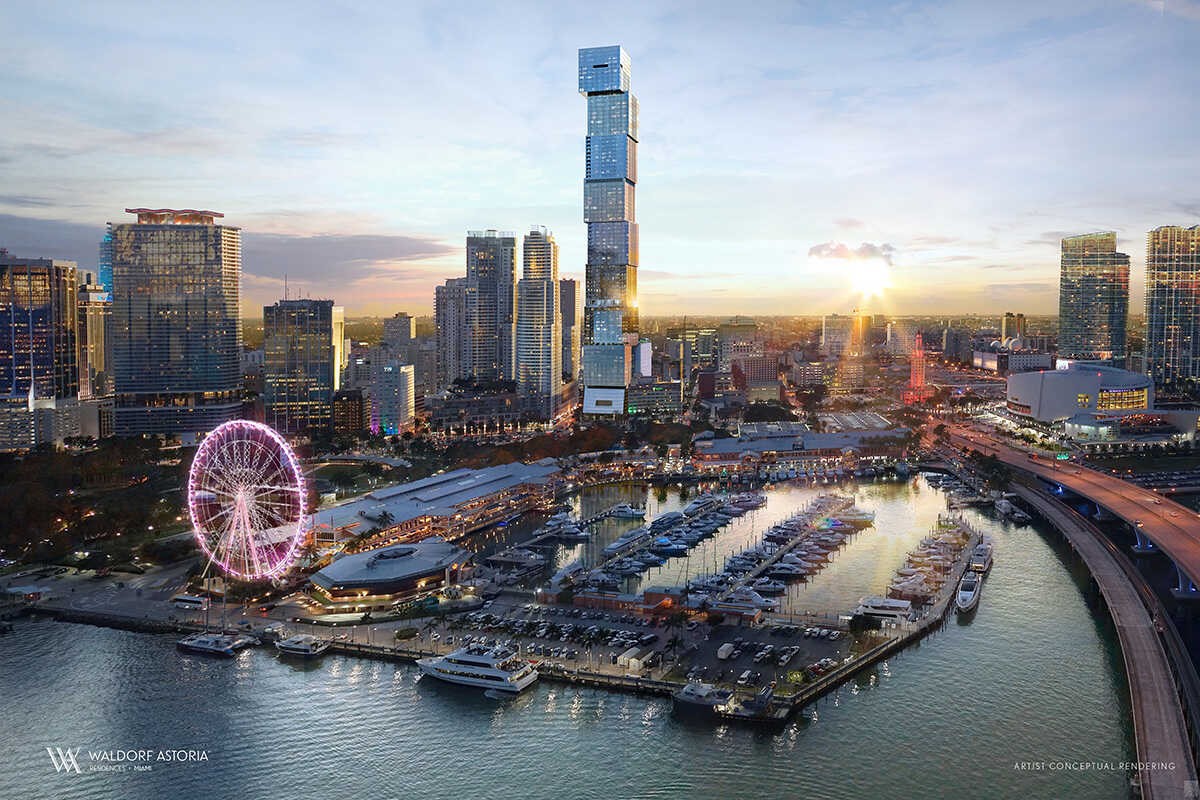 |
| Photo: Waldorf Astoria |
Living Cost: $3,000 – $4,000 (Per Month, Family)
Food Cost: $1,000 – $1,100 (Per Month, 01 Person)
Clothing Cost: $100 (Per Month, 01 Person)
Transport & Vehicles: $100 (Per Month, 01 Person)
Relocating to Miami can be thrilling, especially if you’re moving from somewhere without as much to see and do. There’s never a dull moment in this city, from the beautiful beaches to the abundance of nightlife and history-filled neighborhoods. While the Miami, Florida, cost of living will vary depending on where you live, whether you live in a house or an apartment, and the size of your family, here are some general numbers to give you an idea of the cost of living in Miami.
The average cost of a one-bedroom apartment in Miami comes in at around $1,700 per month. Keep in mind that it also includes the exclusive and wealthy neighborhoods found in the area and isn’t an indicator of what you’ll pay for a home or an apartment for one person. You can expect the top part of this range to cost you above $3,000, but there are also several neighborhoods where you can find costs under $1,000. You can also check out condo rentals as well, which may be a great option if you’re looking for an affordable option.
18. Bangkok, Thailand
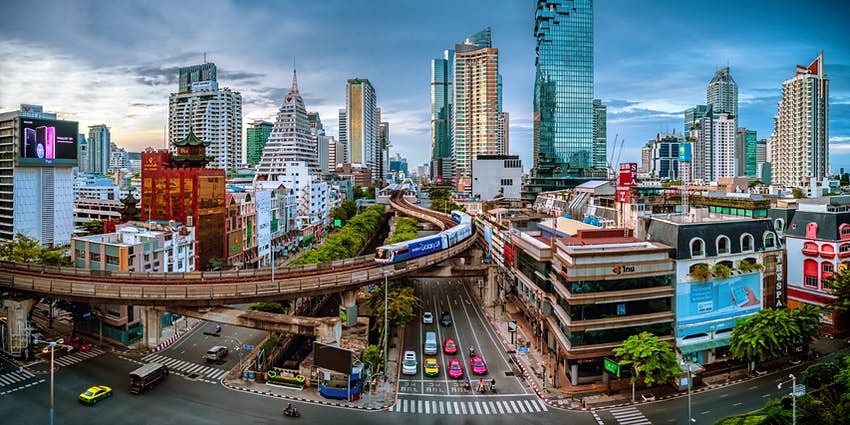 |
| Photo: Lonely Planet |
Living Cost: $2,000 – $2,500 (Per Month, Family)
Food Cost: $700 (Per Month, 01 Person)
Clothing Cost: $50 (Per Month, 01 Person)
Transport & Vehicles: $80 (Per Month, 01 Person)
The sleepless and tireless city Bangkok is one of the most luxurious cities in the world for several reasons. The city has a charming site that it never gets the time to lean against and sleep for a second. The place is always busy in welcoming the tourists from day to night. However, the city attracts the visitors for some specific mind blowing places.
Among them the Grand Palace is worth visiting. The palace is really bigger than you are thinking and the government happens to carry out most of the country works there. Again, the Chatuchak market in Bangkok is really special for anyone to visit there and buy special gifts for their kith and kin with the most reasonable price. Moreover, the river flowing through the city Bangkok, made the city more famous. The beauty of the river is really appreciable.
19. Taipei, Taiwan
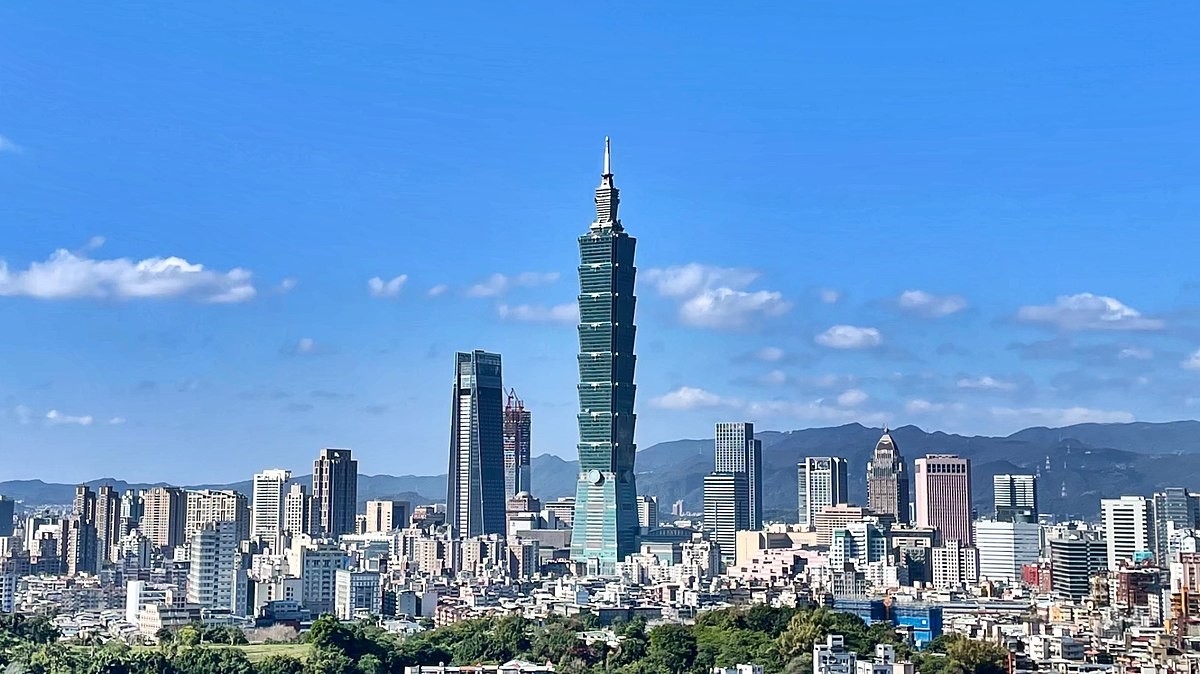 |
| Photo: Wikipedia |
Living Cost: $2,500 – $2,900 (Per Month, Family)
Food Cost: $750 – $850 (Per Month, 01 Person)
Clothing Cost: $100 – 150 (Per Month, 01 Person)
Transport & Vehicles: $80 (Per Month, 01 Person)
Although the cost of living is much lower in rural and south Taiwan, most foreign nationals moving to Taiwan settle in Taipei. A comparatively expensive city, the 2021 Mercer Cost of Living Survey ranked Taipei at 22nd out of 209 other popular expat cities, although this is still far below other regional hubs such as Hong Kong, Tokyo, Beijing or Singapore.
In general, if earning an expat salary, one can enjoy a higher standard of living than back home, even if the actual wage, before adjusting for purchasing power, is lower. That said, many foreigners soon discover that they can generally afford more with less money. Even as a local hire, new arrivals will probably be paid a 'foreigner' rather than a 'local' wage, especially if bilingual, and certainly if speaking English or another foreign language is considered a needed skill for the position.
That said, Taipei has as much of a consumer-orientated culture as many large Western or Asian cities, and expat families will need to decide how much of their monthly income they are prepared to spend to maintain the lifestyle that they were living in their home countries. Western clothing and foodstuffs are generally much more expensive than local options.
20. London, England
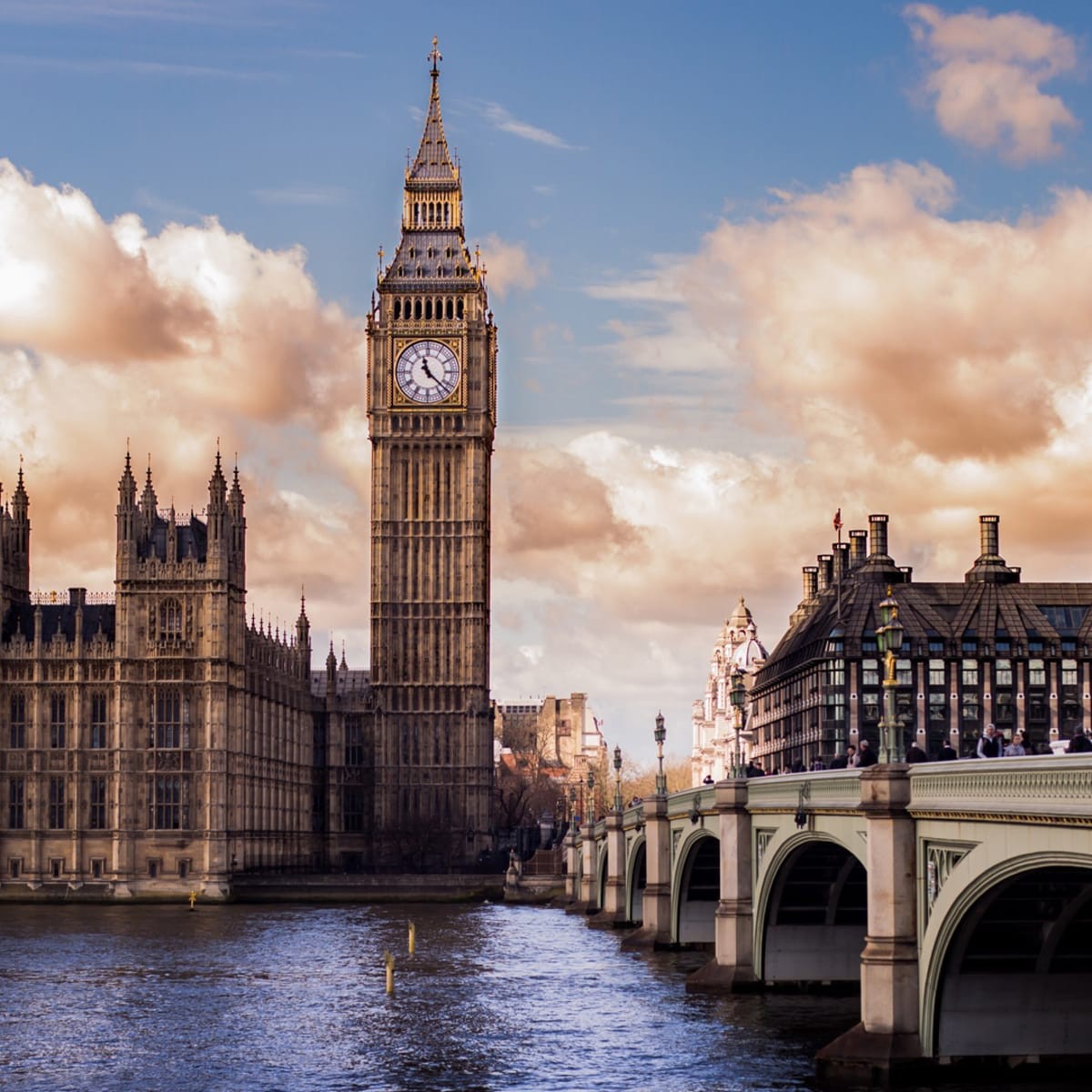 |
| Photo: History |
Living Cost: $3,500 – $4,000 (Per Month, Family)
Food Cost: $1,000 – $1,150 (Per Month, 01 Person)
Clothing Cost: $90 – 110 (Per Month, 01 Person)
Transport & Vehicles: $200 (Per Month, 01 Person)
The city London in England, mostly famous for the historic charms and analysis of the historic places, has the reputation of being the luxurious city of the world. Well, the important factor of London is that the city is immensely famous for practicing study on different subjects and among them English Literature comes first. However the luxurious cities known for the gentle atmosphere from the dress-up to the behavior of the people.
Moreover, the city welcomes all types of people with different thoughts and different cultures. It never forgets or hesitates to embrace all kinds of cultural activities of different people of different nationalities. The city looks beautiful with its enormous number of monuments, sculptures, buildings and spectacular places.
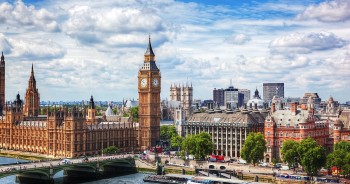 | Best and Worst Cities in UK to Live and Work for Safety and Wellbeing When deciding on where to live, many factors come into consideration, but something we rarely consider is whether it offers safe working environments and a ... |
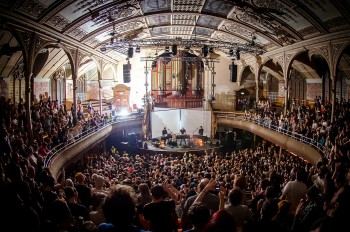 | Top 10 Best Cities For Enjoying The Nightlife In The World Nightlife is when everything comes alive, and in some big cities in the world, this is the best time for a long night of drinking, ... |
 | Around The World: Discover 10 Best Cities For Eating and Drinking Eating, exploring, drinking, relaxing are most favourite activities for us to enjoy when we travel to a new place. Take a look at these 10 ... |
Recommended
![[Photo] Peace Boat delegates immersed in Quang Ninh's Hues](https://vietnamtimes.org.vn/stores/news_dataimages/2025/052025/03/13/15ba8cdc6fa53a282f0ef99e14eb9cc5.jpg?rt=20250503130632) Multimedia
Multimedia
[Photo] Peace Boat delegates immersed in Quang Ninh's Hues
 Multimedia
Multimedia
Hanoi Hosts Friendship Exchange Celebrating 2025 Traditional New Year of Asian Countries
 Multimedia
Multimedia
Vietnamese People's Army Forcers in full dress parade rehearsal to celebrate the 50th anniversary of National Reunification
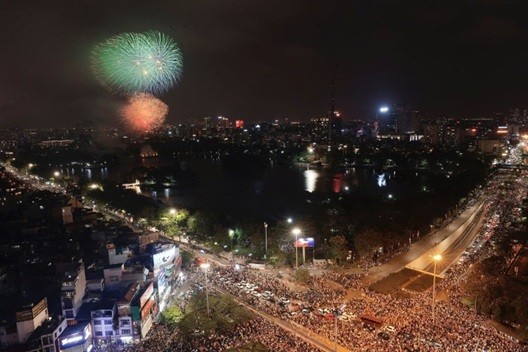 Multimedia
Multimedia
In pictures: Fireworks Display in Hanoi Celebrates national reunification day
Popular article
 Multimedia
Multimedia
Phong Nha-Ke Bang National Park Named Top Adventure Travel Site
 Multimedia
Multimedia
1,000 Women in Traditional Ao Dai Form Vietnam Map at Hoan Kiem Lake
 Multimedia
Multimedia
Vietnam’s Textile Industry Strengthens Position in Global Supply Chains
 Multimedia
Multimedia



